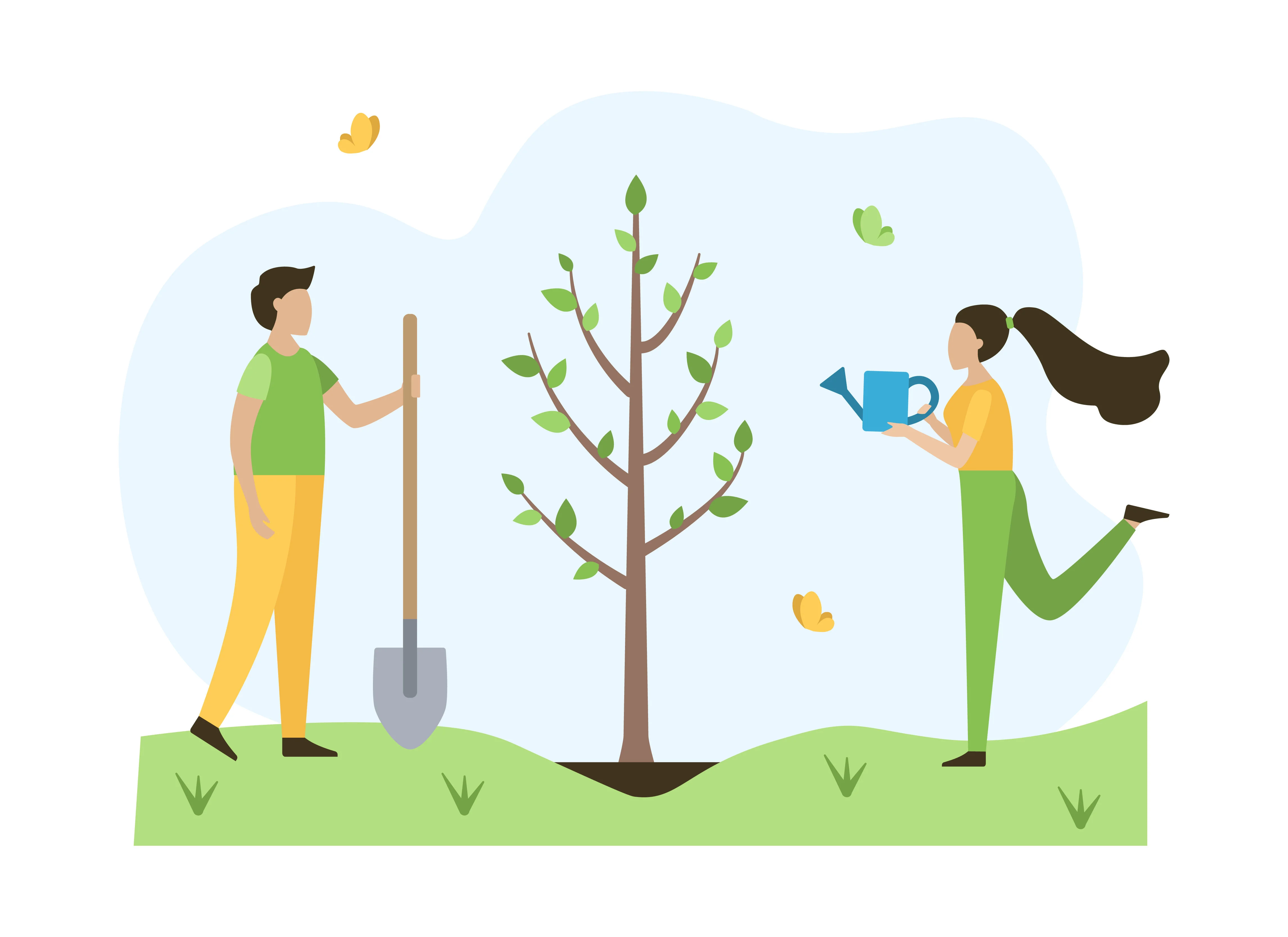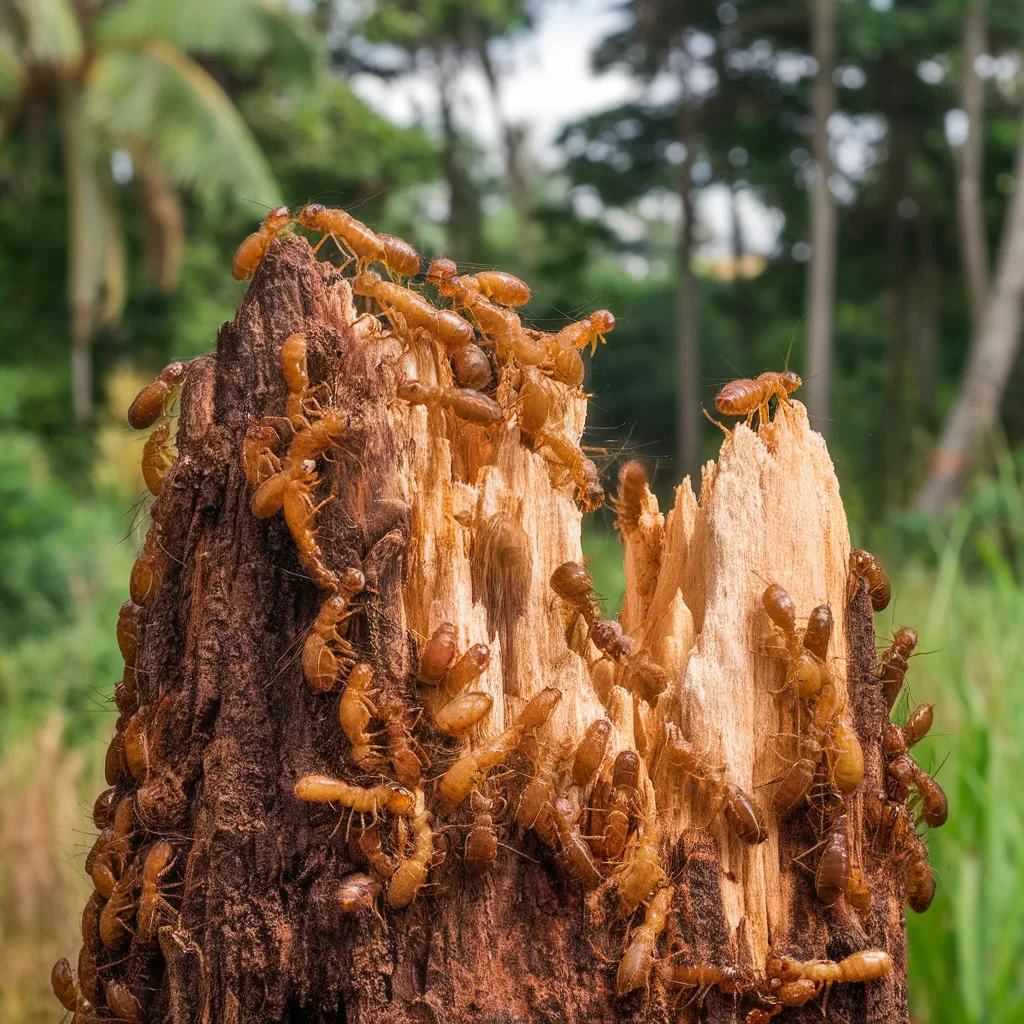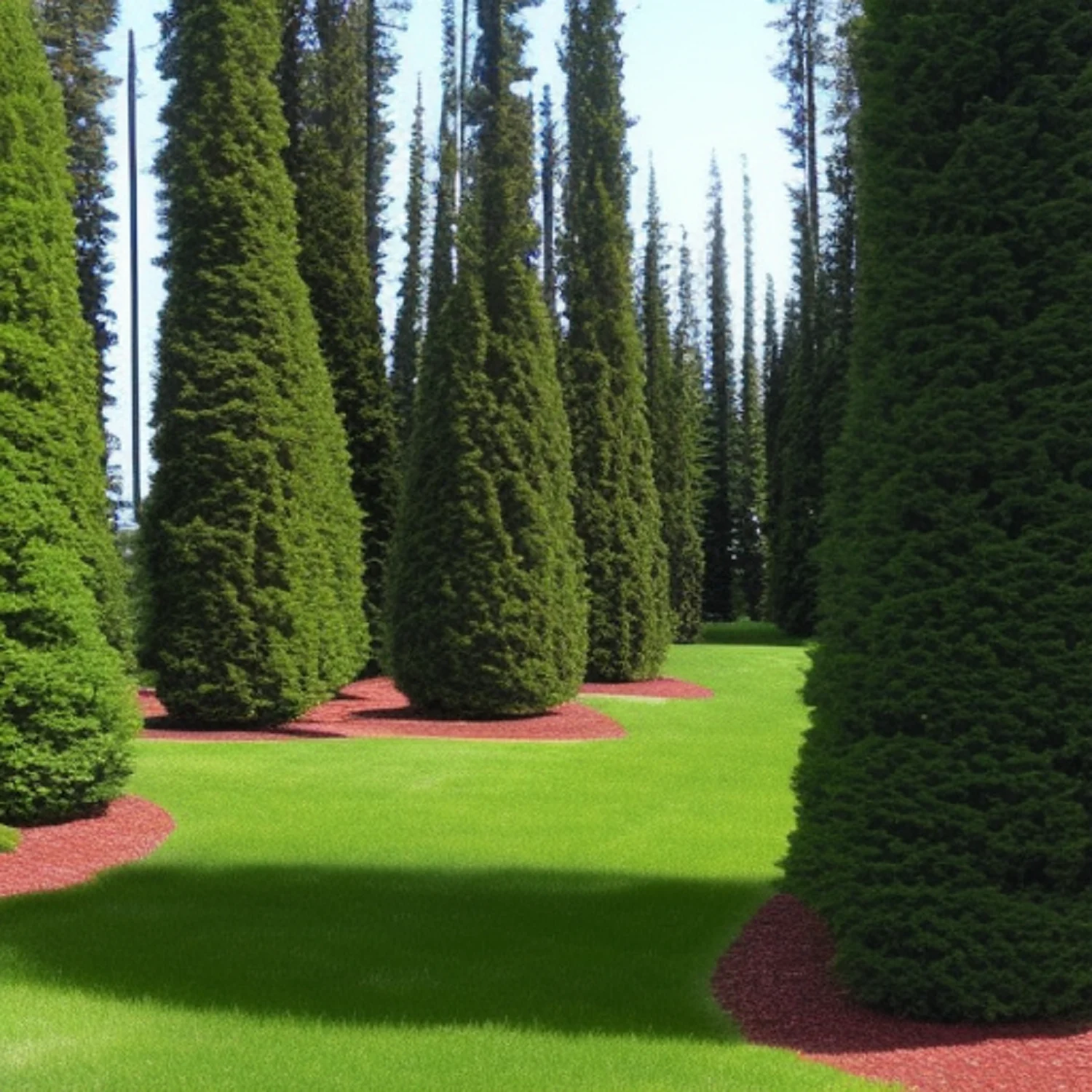Spring has arrived and there is no better way to prepare for the upcoming Earth Day than by planting a tree. Tree planting the right way. Regardless of the size or type you choose, trees are wonderfully beneficial. Not only do they provide landscaping interest and appeal, but they also improve air quality and help to reduce soil erosion. To ensure that your tree takes root and provides years of benefits follow this simple set of guidelines.
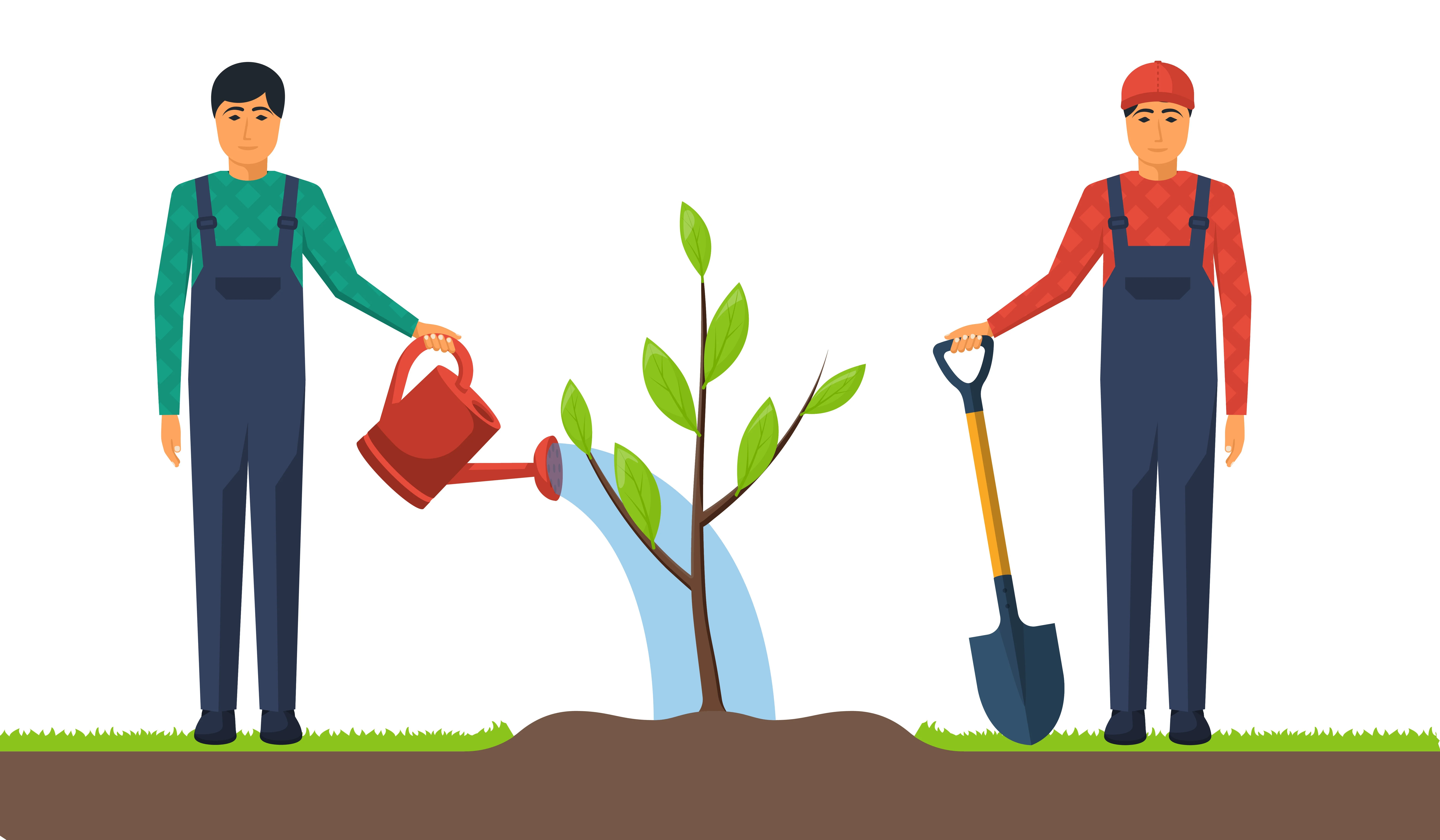
Choose the Right Tree
Trees come in a huge variety of shapes and sizes. By answering a few questions before you head to the local nursery you will be much better prepared to pick the right tree for your property.
Do you want shade?
There are many fast-growing varieties that will produce a calm shaded spot for you and your family. Consider Eucalyptus, Pin Oak, or Poplars.
How about fall colors?
If you are craving the brilliant shades of fall foliage look for a tree such as the red maple which is noted for its amazing colors and is quite hardy.
Are you looking for fruits or flowers?
If major landscaping or shade isn’t on your list of priorities there are numerous options available for beautiful flowering trees. If you prefer super low maintenance think about choosing a dwarf variety of any of the following: fig, cherry, crabapple, persimmon, or apple.
How much space do you have?
Bear in mind that some landscape trees can easily attain heights of 30 meters or more. (100 feet) aside from overhead wires trees of this size can also damage underground wires and sewer systems, so make sure that your space is adequate before you bring home a large species.
Visiting the Nursery
Now that you have a general idea of what tree you are looking for head down to your local nursery and discuss the options with the staff. These professionals can help you to narrow down your choices and avoid costly mistakes with plants ill-suited to your climate.
Overall the best times to plant are spring and fall as winter and summer’s drastic temperatures can damage a recently transplanted tree.
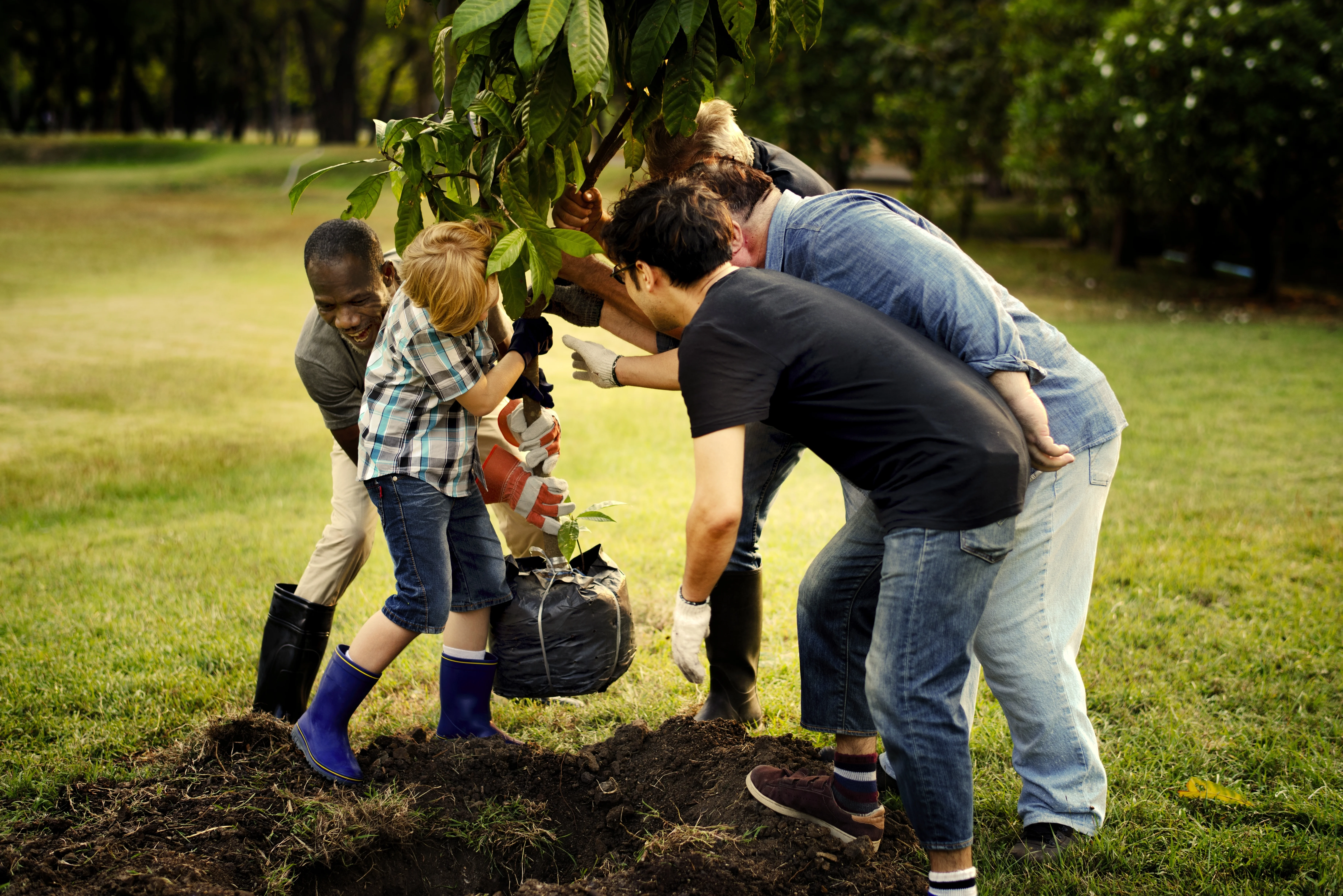
Tree Planting 9 Steps
Once you have picked your tree, follow these steps to give it the best possible start in its new home.
- Pick your site, making sure that the drainage and sun exposure is adequate for your chosen variety.
- Dig a hole at least 2 (if not 3) times wider than the root ball of your specimen, and at least as deep. Take the time to loosen the sides and edges of the hole to ensure that the ground is hospitable to the roots of the tree.
- Make sure the drainage is sufficient by filling the hole with water and watching it drain. If water forms an unmoving pool you will need to loosen the bottom and edges more to allow the water to escape.
- Carefully remove the tree from its wrappings or pot and gently loosen the root ball. Place the tree into the hole and start to backfill, making sure that the trunk is straight.
- Once the hole is about ¾ full, stop replacing the dirt and begin to mix in compost or manure.
- As you finish filling the hole be careful not to pack the soil too much as this could cause water to run off instead of reaching the tree’s roots.
- Water your new tree very thoroughly with a slow steady stream. If possible set the garden hose to trickle and let it lay by the tree for a few hours.
- If your tree is tall it might be beneficial to stake it for the first few seasons to ensure that high winds and snowfall will not damage it.
- Now apply an inch or two of the bark of leaf mulch to help retain moisture.
You’re done! To be sure that your tree provides years of enjoyment and beauty make sure that it receives a good soaking weekly for the first year, aside from winter months unless you live in a very warm climate.
Tree planting can be a great way to help reduce your carbon footprint. By planting more trees, people are able to take part in making their communities greener and more sustainable. Planting trees can also help provide shade for buildings and homes, which can reduce the need for energy from cooling sources.
With a little bit of ongoing care, your new tree will become a wonderful feature in your yard.
The National Arbor Day Foundation’s Tree Planting Guide is a comprehensive guide to tree planting.
A call to action for this article would be for readers to find a nearby park and nursery and go plant a tree today!
